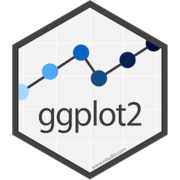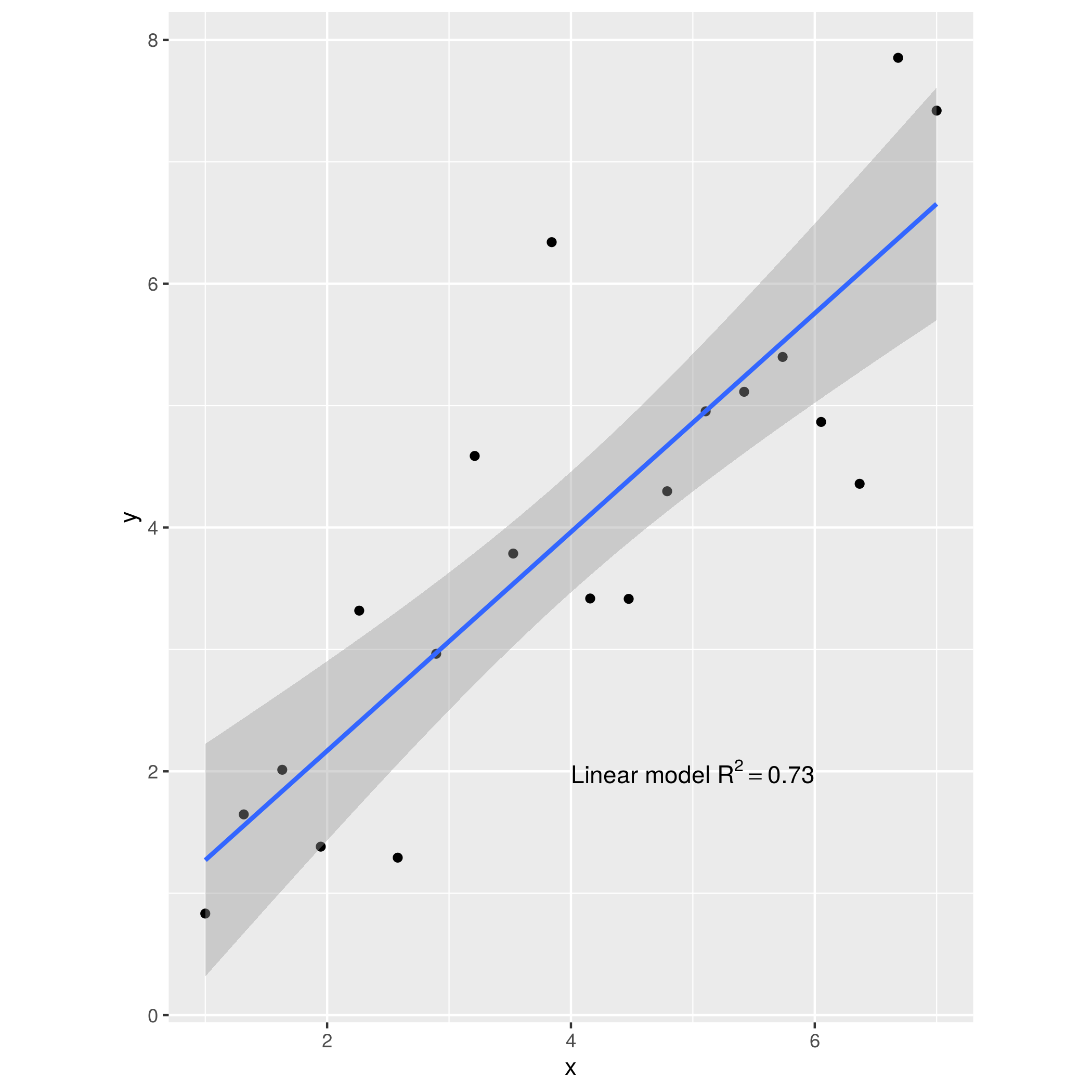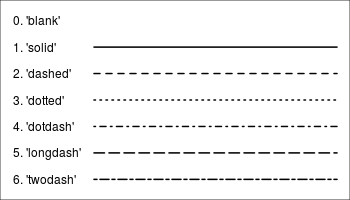aez-notes
Table of Contents

THE CONTENT OF THIS PAGE IS SLOWLY BEING MIGRATED TO A GALLERY OF EXAMPLES.
The friends include ggmap and ggtree and cowplot and ggspatial and
latex2exp
To include latex in any sort of text on a figure there is the latex2exp
package on CRAN which provides the TeX function. You can wrap most strings in
this before passing to plotting code. The vignette for this package describes
the expressions supported and has multiple examples.
Examples
Map of Italy using spatial data

Depending on the machine set up you may need to use convert to change a PDF of this map to a PNG.
library(ggplot2) library(ggspatial) library(GADMTools) library(purrr) library(dplyr) library(reshape2) library(ggmap) ## Define some parameters for how to draw and colour the figure my_breaks <- c(0,5,10) my_cols <- hcl.colors(n = length(my_breaks) - 1, palette = "reds 3", alpha = NULL, rev = TRUE, fixup = TRUE) map_country_line_colour <- "#252525" map_inline_thickness <- 0.1 map_outline_thickness <- 0.5 map_plot_background <- element_rect(colour = "#252525", fill = "#FFFFFF") ## Load the map data from GADM italy_sf <- gadm_sf_loadCountries("ITA", level = 1)$sf italy_sf$foobar <- rpois(n = nrow(italy_sf), lambda = 3) ## Include an additional level zero object for the country outline. italy_outline_sf <- gadm_sf_loadCountries("ITA", level = 0)$sf g <- ggplot() + geom_sf(data = italy_sf, mapping = aes(fill = foobar), colour = map_country_line_colour, size = map_inline_thickness) + geom_sf(data = italy_outline_sf, fill = NA, colour = map_country_line_colour, size = map_outline_thickness) + scale_fill_gradientn(breaks = my_breaks, colors = my_cols, limits = range(my_breaks)) + theme(plot.background = map_plot_background) + labs(fill = "Foobar") + theme_void() + theme(legend.position = "left") ggsave("../resources/ggplot2-example-02.pdf", g)
Annotation for a linear model

library(magrittr) library(ggplot2) library(latex2exp) x <- seq(from = 1, to = 7, length = 20) y <- rnorm(n = length(x), mean = x, sd = 1) z <- data.frame(x = x, y = y) rsquared <- lm(y ~ x, data = z) %>% summary %>% use_series("r.squared") annotation_exp <- TeX(sprintf("Linear model $R^2 = %.2f$", rsquared)) g <- ggplot(data = z, mapping = aes(x = x, y = y)) + geom_point() + geom_smooth(method = "lm") + annotate(geom = "text", x = 5, y = 2, label = annotation_exp) + coord_fixed() ggsave("../resources/ggplot2-example-05.png", g)
Installation and usage
Saving figures to SVG
To save a figute to an SVG using ggsave you need the svglite package to be
installed. This in turn needs a Cairo library to be installed on your system. On
Ubuntu, this requred me to install libcairo2-dev.
Ggtree
ggtree is not on CRAN but you can install it with Bioconductor.
if (!requireNamespace("BiocManager", quietly = TRUE)) install.packages("BiocManager") BiocManager::install("ggtree")
Resources/references


Colophon
The R scripts shown in this document can be tangled out and where run to generate the figures shown. This is done by running the following script in the following nix shell.
# run-ggplot2-examples.sh for ix in `seq 1 6`; do Rscript ggplot2-example-0$ix.R done
# ggplot2-shell.nix let commitHash = "78dc359abf8217da2499a6da0fcf624b139d7ac3"; tarballUrl = "https://github.com/NixOS/nixpkgs/archive/${commitHash}.tar.gz"; pkgs = import (fetchTarball tarballUrl) {}; stdenv = pkgs.stdenv; in with pkgs; { myProject = stdenv.mkDerivation { name = "ggplot2-env"; version = "1"; src = if pkgs.lib.inNixShell then null else nix; buildInputs = with rPackages; [ R rPackages.cowplot rPackages.dplyr rPackages.ggplot2 rPackages.ggspatial rPackages.latex2exp rPackages.magrittr rPackages.purrr rPackages.stringi rPackages.udunits2 ]; shellHook = '' printf "\n\nWelcome to the ggplot2 shell :)\n\n" ''; }; }